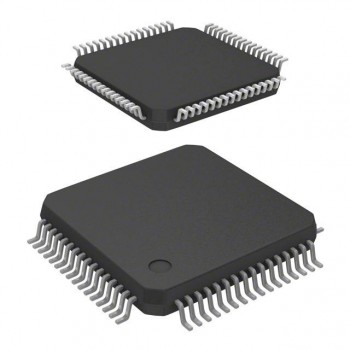In the field of microcontrollers (MCUs), Analog-to-Digital Converter (ADC) sampling is a common practice for converting analog signals into digital data. However, one challenge that many developers encounter is the presence of spikes or glitches on the MCU's General-Purpose Input/Output (GPIO) pins during ADC sampling, which can lead to inaccurate readings and affect the overall performance of the system. In this article, we will explore the causes of spikes on MCU GPIO during ADC sampling and provide practical solutions to mitigate this issue.

Causes of Spikes on MCU GPIO During ADC Sampling
1. Ground Loop Interference: Ground loops can introduce unwanted current paths, causing voltage differentials and, consequently, spikes on the GPIO pins during ADC sampling.
2. Signal Reflection: Rapid changes in voltage levels during ADC sampling can induce signal reflections, leading to spikes on the GPIO pins.
3. External Interference: External noise sources, such as electromagnetic interference (EMI) or radio-frequency interference (RFI), can couple onto the GPIO lines, causing spikes during ADC sampling.
4. Capacitive Coupling: Capacitive coupling between adjacent traces or components can result in spikes on the GPIO pins when the ADC samples the input signal.
Practical Solutions to Address Spikes on MCU GPIO
1. Proper Grounding: Ensure a proper grounding scheme to reduce ground loops and minimize ground potential differentials. Use dedicated ground planes and star grounding techniques to mitigate ground loop interference.
2. Signal Conditioning: Implement signal conditioning techniques, such as low-pass filters or shielding, to suppress high-frequency noise and prevent signal reflections that lead to spikes on the GPIO pins.
3. Isolation: Use isolation techniques, such as optocouplers or transformers, to protect the MCU GPIO pins from external interference sources like EMI and RFI.
4. Decoupling Capacitors: Place decoupling capacitors near the MCU's power supply pins to reduce noise and stabilize the power supply during ADC sampling, preventing spikes on the GPIO pins.
5. Shielding: Shield sensitive traces or components to minimize capacitive coupling effects and reduce the likelihood of spikes on the GPIO pins during ADC sampling.
Conclusion
Spikes on MCU GPIO pins during ADC sampling can significantly impact the accuracy and reliability of the system. Understanding the causes of these spikes and implementing practical solutions, such as proper grounding, signal conditioning, isolation, decoupling capacitors, and shielding, can help mitigate this issue effectively. By following the recommendations outlined in this article, developers can ensure stable and accurate ADC sampling on MCUs, improving the overall performance of their electronic systems.

